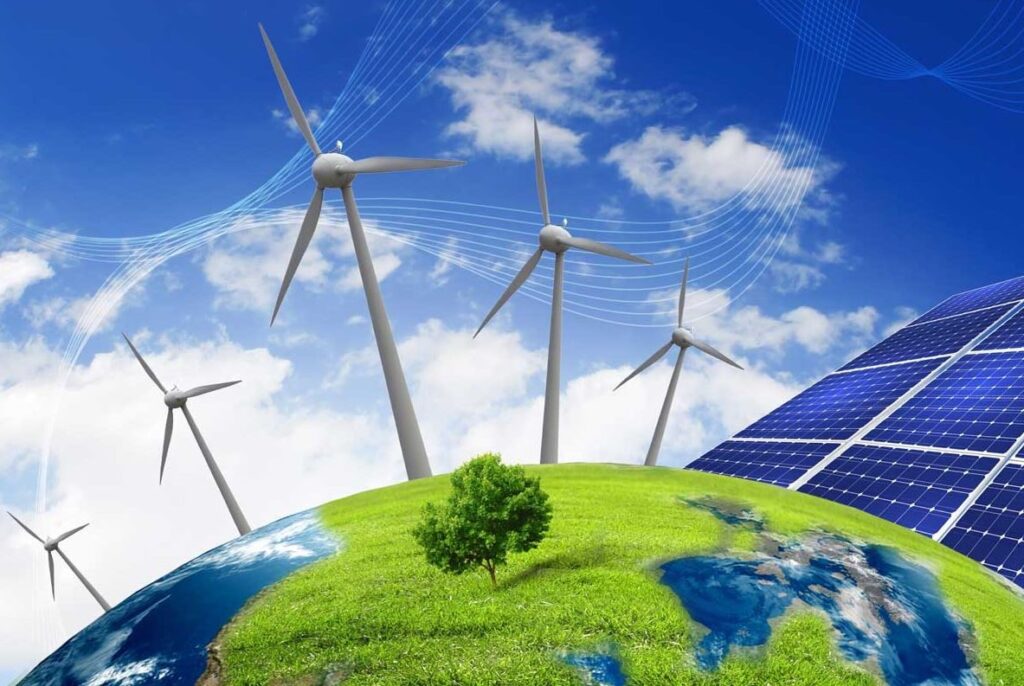
Τη μείωση του χρόνου αδειοδότησης των νέων έργων ΑΠΕ από 5 χρόνια που είναι τώρα σε μόλις 14 μήνες, επιτυγχάνει το νέο νομοσχέδιο του υπουργείου Περιβάλλοντος και Ενέργειας. Το νομοσχέδιο κατατέθηκε στη Βουλή την περασμένη Παρασκευή 17 Ιουνίου 2022.
At the same time, it modernises the framework for energy storage projects, leads to the digitalisation of processes. According to the government's estimates, it is expected to lead to the achievement of the strategic targets for at least 25GW of RES by 2030.
At the same time, the framework for energy storage is established. The goal is to develop electricity storage projects with a capacity of at least 3.5GW by 2030.
But what are the main changes brought about by the new bill regarding the licensing of RES projects?
ΑΠΕ - Αδειοδότηση
The main interventions of the draft law are:
- The stages of the permitting process are reduced to 5 from 7.
- The licensing time of projects is reduced to 14 months, from 5 years that reaches and often exceeds today.
- The number of required documents is reduced from 91 to 54, with their submission now being standardized and digital.
- The licensing process of projects is accelerated as: the cases where modification of permits is required, allowing simple information - updating of investors' files is reduced. To date, during the licensing process and due to a change in the design of the project, it is necessary to modify the permits two to three times and therefore to repeat the entire permitting process from the beginning.
- A specific milestone is set for investors for the immediate and fast implementation of their projects. Investors are obliged within 12 months of the Final Connection Offer to proceed with the issuance of the Installation Permit.
- The controls required in the field of activity of each licensing authority are differentiated, facilitating the services involved from multiple and unnecessary workloads, accelerating their response time to investors' requests
- The competent services and Administrators are exempted from administrative burden, with ownership control now being carried out by external lawyers.
- The financial solvency of the investors is checked by presenting a letter of guarantee during the application to the Operator for the electrical space and not during the commitment of the Operator, limiting the number of requests.
- The deadlines for the implementation of the connection projects by the Administrators are limited, with the imposition of sanctions in case of delays.
Also:
- Investors are exempted from 50% of the cost of the connection projects, which is financed by the Operators, while at the same time the Operators take measures that lead to the optimal utilization of the system and the network, the maximization of energy absorption from RES plants and the strengthening and promotion of self-generating plants.
- Actions and licenses that were directly connected and obligatorily serial, are now carried out separately and in parallel. An example is the Connection Agreement in relation to the Installation Permit.
- Investors are given the necessary flexibility in licensing projects on forest land. At the same time, the approved reforestation study by the competent forest services is set as a prerequisite for the electrification and connection of the projects.
- Forest issues that delay the licensing and implementation of the station are resolved. Such as the conduct of the reforestation study by the investors in parallel with the implementation and installation of the station while we are facing fragmentation phenomena with a ban on the division of public forest lands for the development of RES stations.
- A One-Stop-Shop is created at the Ministry of Environment and Energy. It will monitor and supervise the entire licensing process. That is, from the receipt of the first license (Producer's Certificate), until the operation of the project (Operating License).
- It is planned to create an information system that will interoperate with all the individual information systems and databases of the competent licensing bodies. That is, with RAE, the Environmental Directorates, the Decentralized Administrations, the System and Network Operators, and DAPEEP.
Energy storage
In the field of energy storage, the main interventions of the bill are:
- The permitting procedure for the installation of individual electricity storage stations is reformed.
- Provisions are introduced regarding the licensing of RES and CHP power plants with integrated electricity storage, which either have the ability to absorb energy from the transmission system or the electricity distribution network, or not.
- Transitional provisions are introduced to bring existing permits and pending applications for the authorisation of electricity storage plants into line with the new framework.
Electricity storage systems are divided into two categories:
- Pure storage projects, i.e. individual storage stations for which the electricity storage permit will be granted in proportion to the requirements existing for the Special RES Projects
- Storage projects combined with RES stations
In the case of storage projects combined with RES stations, the storage station will operate either only in support of the RES station (the warehouse is behind the RES station - downstream of the meter). It will not absorb energy from the grid. Thus, he will receive a Producer's Certificate like the usual RES projects. At the same time, it will be able to receive operating support.
Either it will be able to absorb energy from the grid. In which case, he will receive a Certificate of Producer of Special RES Projects without being able to receive operating aid.




